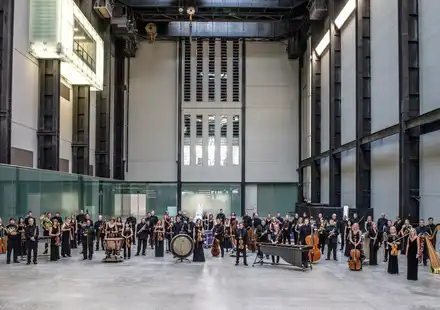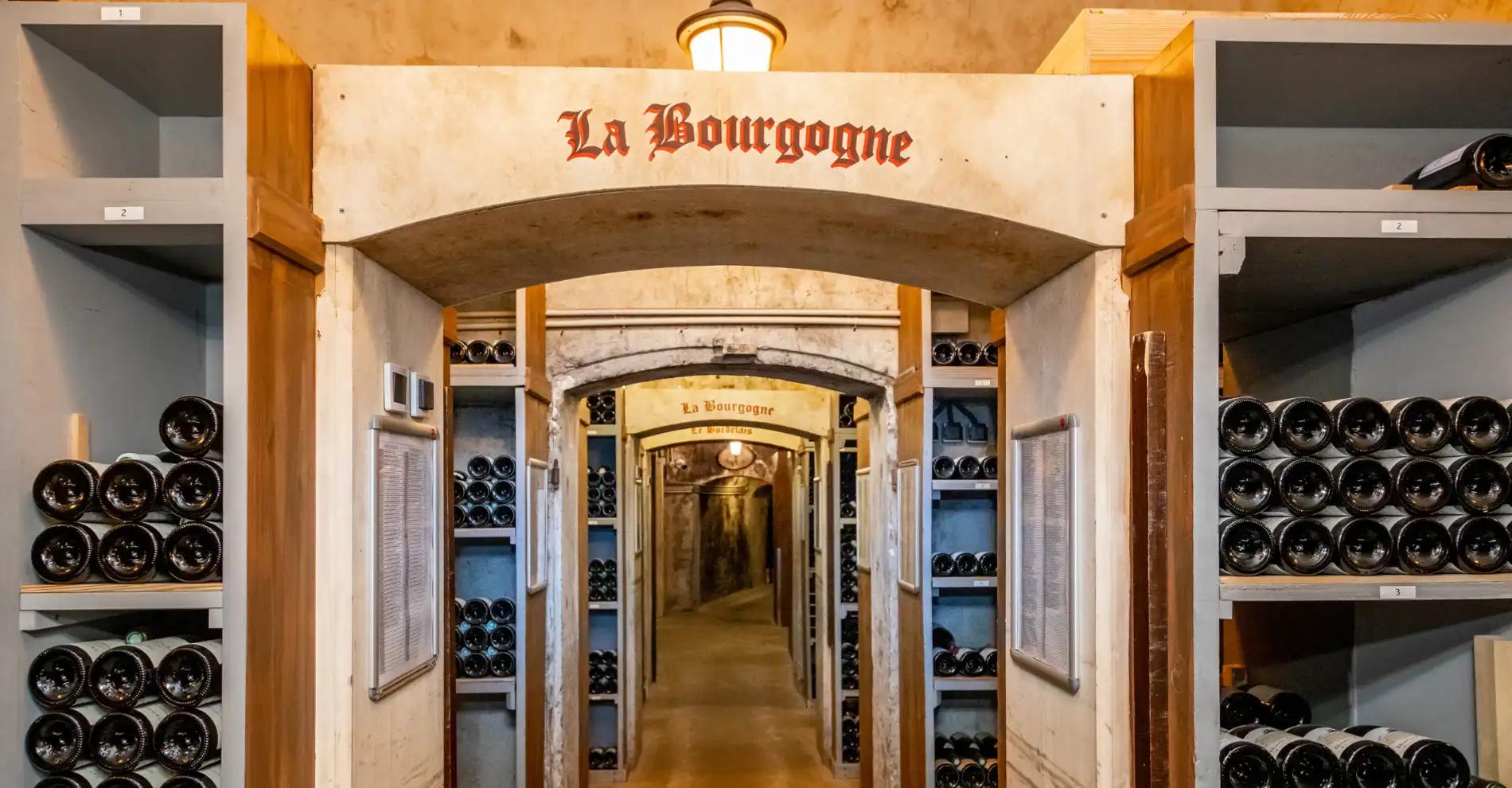Published on November 29, 2018Updated on June 19, 2023
Fabien Giordano is understated but passionate and engaging, and he carries out his job as a sommelier in the most beautiful place you could imagine—the Hôtel de Paris Monte-Carlo. During a visit to the hotel’s legendary cellar, the elegant but humble Fabien Giordano invites us into his world.

How do you choose the wines to go on the menu?
Fabien Giordano: At the Société des Bains de Mer Resort in Monte Carlo, we work on each establishment individually, because the menus change regularly. Every time they’re updated, the Head Sommelier and his team swing into action: we get together and taste the food. We then consider the variety of grape, the region and vintage that could complement the dish. The second part of our work is in the restaurant, where we advise customers on wine and food pairings.
Are your customers generally keen to seek advice when choosing a wine to accompany their meal?
Fabien Giordano: I’ve worked here for 15 years and I have realized that the customers have complete faith in us. We try in our own way to help them develop their palate in terms of taste and smell. For example, I’ve noticed a very high demand for natural and organic wines. We can guide them towards new wines and new designations.
Guidance is part of your job then?
Fabien Giordano: Absolutely, in fact, that’s what makes it so rewarding. We do our best to explain wine, which isn’t a straightforward product. It’s a truly living substance, something fascinating that’s always evolving. Wine even has moods, with periods of dormancy, periods when it’s totally “closed”, when you can’t taste it because it’s not expressing itself. These are mysterious things we still can’t explain.
You could even say that wine has mystic properties…
Fabien Giordano: You can taste the same wine from many different vintages regularly, and suddenly taste a bottle that’s completely closed, in contrast to all the others: there’s definitely something to understand there. In the olden days, winegrowers would work with lunar calendars. There’s also a reason for that. In the 12th century, for example, Cistercian monks in Burgundy planted the vines in a particular way and on particular slopes. Why did they plant the pinot noir vines here and not over there? The land register has stayed the same since the 12th century, but it’s now the 21st century: they’ve survived 9 centuries without changing location. Of course, the vine stock can be dug up and transplanted, but those practices are individual to each winegrower. The human hand makes a difference, there’s no doubt about that, but the most important thing is the richness of the soil.

What makes the Hôtel de Paris Wine Cellar so exceptional?
Fabien Giordano: Only here can you do a 30- or 40-year vertical tasting of wines such as the Cheval-Blanc, Pétrus, Le Pin or Lafitte, along with a few great Burgundies that we regularly buy each year. We give customers the chance to sample different vintages that other restaurants don’t have. What I taste here, I rarely taste elsewhere.
Is there a particular memory or emotion you’d like to share with us?
Fabien Giordano: When H.S.H. Prince Albert II of Monaco got married, he said we should only use local products. The guidelines stated no further than three kilometers as the crow flies! It was a great tribute to our region and an opportunity to serve exceptional local produce. The result was incredible. There was just one exception to the rule: the champagne. The Prince asked for the same champagne his mother had chosen for her own wedding.

You might also like…
Printemps des Arts Monte-Carlo
For this new edition ahead of the classical music festival, Bruno Mantovani explores the music of this visionary composer, conductor and teacher.

New Moods reopens: let the party begin! Interview with Stéphane Lobono and Alfonso Ciulla
Read the interview with Stéphane Lobono and Alfonso Ciulla about the reopening of New Moods in Monaco, an iconic venue dedicated to live music.

Repossi: high jewellery and avant-garde design. Meeting with Anne de Vergeron
Meet Anne de Vergeron, CEO of Repossi, for a creative and sparkling tour through the history and behind the scenes of this legendary jewellery house.







